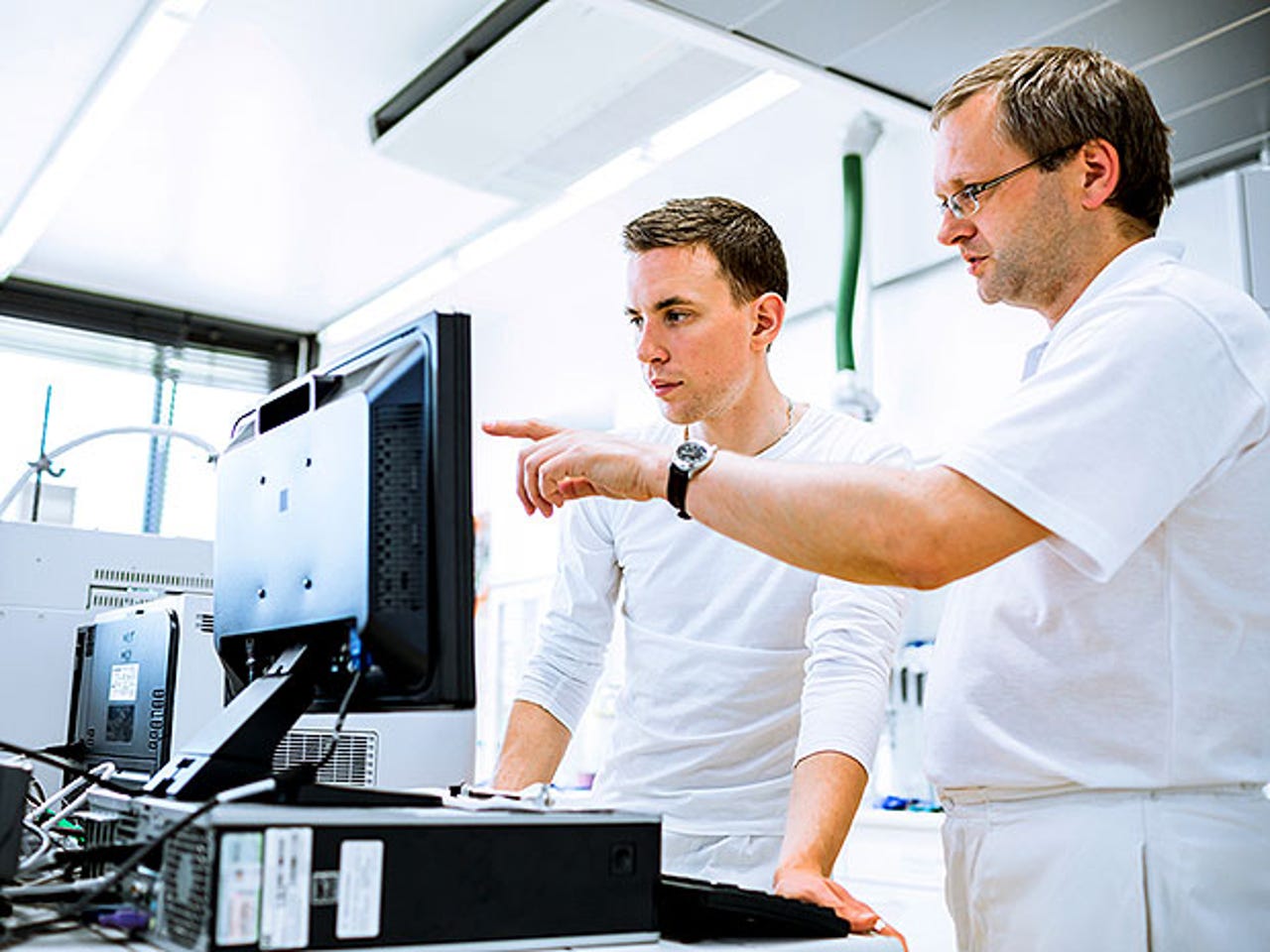Why we need the long nose of tech to sniff out tomorrow's breakthroughs


We're living in a world that's changing; where technology and software are reshaping how we work, how we live, and everything in between.
TechRepublic
What's interesting about how fast this change is progressing is just how cheap it's getting — and how quickly. At a recent Dell round table, a discussion of cloud service pricing noted that the cost of storage on Amazon's AWS platform had dropped to around 1c/GB/month — a hundredth of the cost it was when the service launched. It's a rate of change that's six times that of Moore's Law.
Cloud technologies build on the same technologies we use in our data centres, so a rapid fall in prices is only to be expected once the economies of scale we get from the cloud kick in. Even so, a fall of two orders of magnitude in just a few years is significant. It's like going from the Wright brothers' flyer to Apollo 11 in a couple of decades, not 60 years.
One set of changes propels another. It took more than a decade for service-orientated architectures to become commonplace, and longer for functional programming to leave the comforts of academia for the rigours of Wall Street and the City of London. It's what Microsoft Research's Bill Buxton calls the "long nose" — the time it takes for technologies to transition from research to everyday use.
That transition from research to product is a tricky one, and one that's almost impossible to quantify. Even so, pure research is key to the successful growth of technologies in business.
You only have to look at the technologies that power the mobile world we live in. It's not surprising that the web came from the labs at CERN, that Google was born in Stanford research labs, that Netscape came out of the early web research at NCSA, and that our 4G telephone networks were born in university labs all around the world.
Most commercial organisations don't have the luxury of spending years thinking about problems — they're driven by the need to fulfil shareholder demands, and by the unrelenting clock of the quarterly report.
Michael Dell talks about being freed to think long term, now that he's taken his company private. While working with a quarterly or annual — or even five-year — outlook works well for many businesses, it's a problem when you come to points of infection in your business. How do you plan for change if your shareholders are expecting specific returns? The result can be an inherent conservatism, avoiding risks and sticking to the status quo.
It's easy to think that there's an underlying flaw in our current model of capital, but that's not really true. What there is, is a problem with capital ownership. It used to be that shareholders were just that: holders. They kept shares for the long term, and stuck with companies in good years, in bad, and when they changed. In today's world of efficient markets and machine-driven trades, would a shareholder have stuck with the Computing Tabulating Recording Company on its journey to becoming today's IBM?
You make it, we break it: CERN's particle smashers list their toughest tech challenges
Most companies are driven to produce returns, to fuel the never-ending churn of capital. That stops them thinking about the blue sky, about their own moonshots. It's a dangerous way of thinking, as it leads to late responses to market changes, and sudden loss of value — for everyone, even those fast churn traders surfing the edge of the speed of light.
But things start to get interesting when we bring blue sky research into businesses, mixing the long term with the short term. Products can incubate for years inside research labs, until they're ready for prime time — and for when the technologies they rely on are ready for mass adoption.
That last point is a key issue in technology transfer. We had hypertext technologies for years, inspired by Vannevar Bush's Memex, by PLATO, and by Ted Nelson's Xanadu. But it wasn't until there was a rapidly growing network that we got the web. So how do we manage technology transfer?
Buxton's "long nose" has to be a key concept. We're not doing research for the next quarter, we're doing it for the next decade. It's why we're only starting to see the commercialisation of decades of AI research, with the first widespread use of machine learning.
It's a technology that needed those decades of research to go from lab to cloud to phone. But it also needed companies that were prepared to justify the expense of running research labs for those decades — companies like Amazon, Microsoft, and Google. It also needed universities that were able to spin out research into companies, and that were willing to invest in it.
Technologies that change the world rarely arrive overnight. Edison, Tesla, and Marconi spent years in labs with teams of engineers — and yet we still look at them as exemplars of the myth of the lone inventor. We need to understand that we need to grow little ideas in nurseries and hot-houses, until they're full-fledged products, ready to take on the world. Let's just not forget that it all takes time, and money.